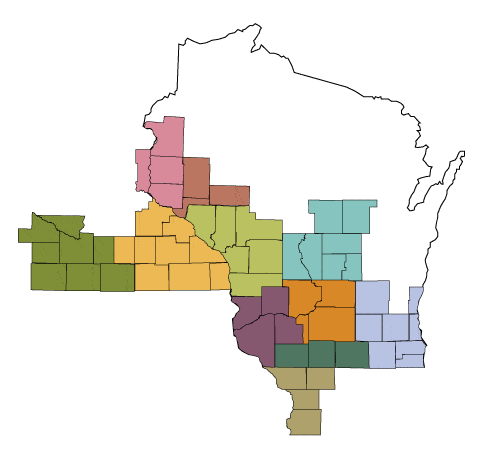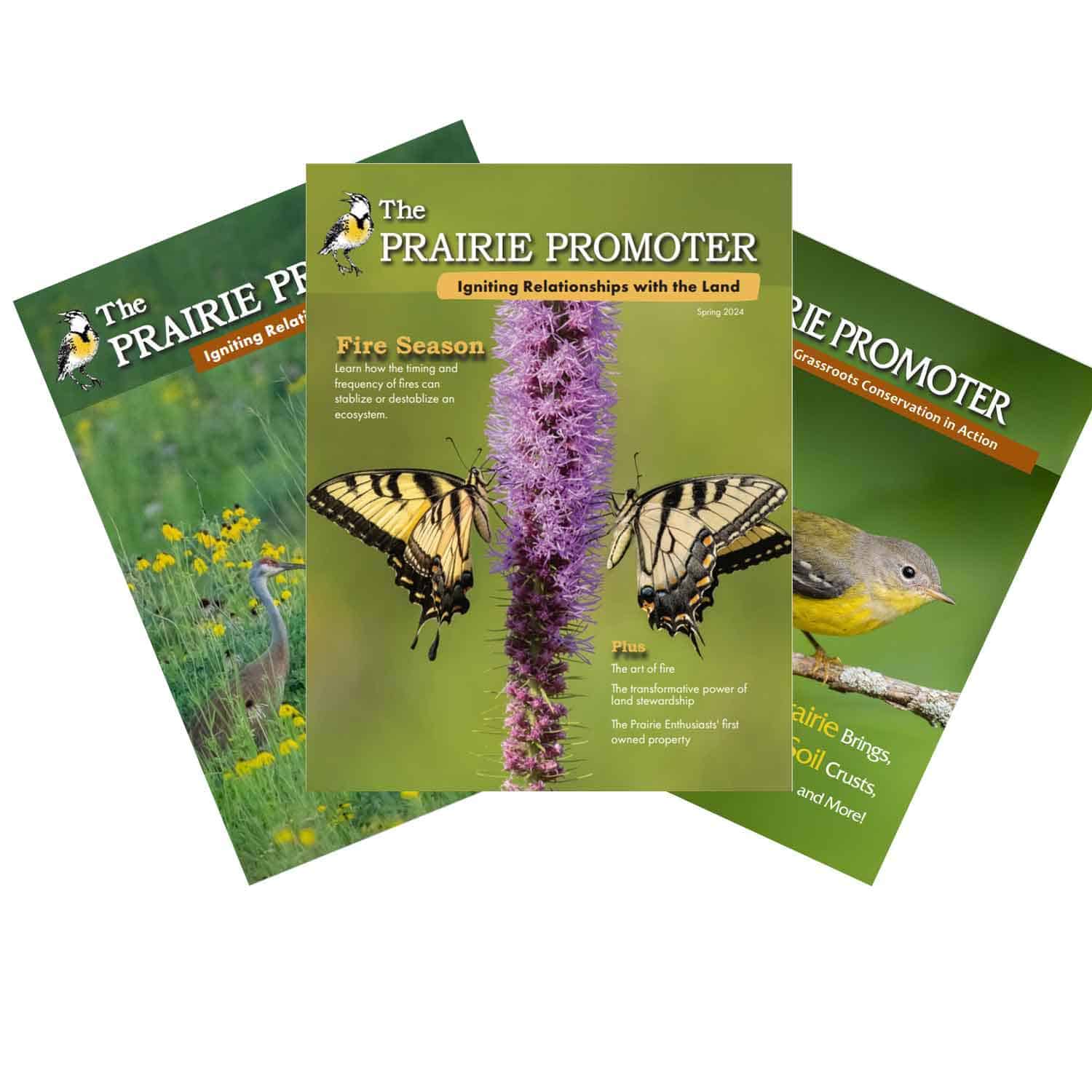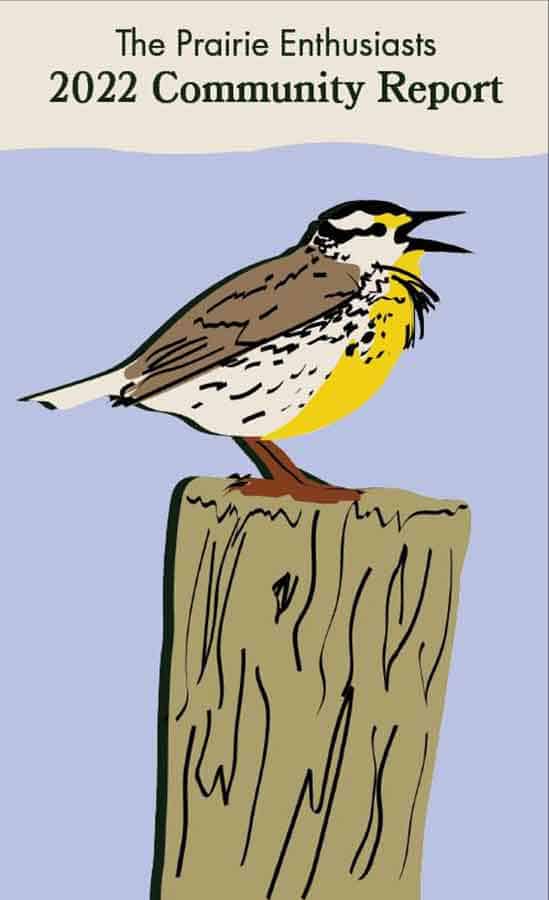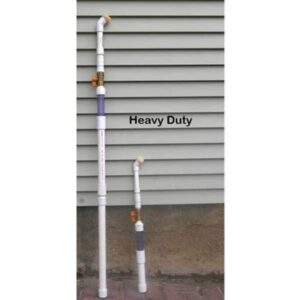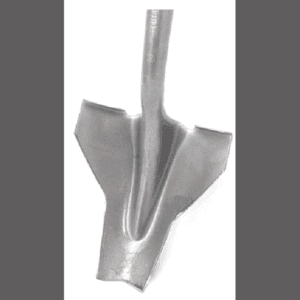Who We AreSylvie Rising Operations Assistant...
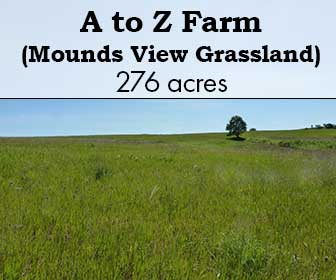
A to Z Farm
A to Z Farm
More information coming soon!
The property has mowed lanes, and some moderate slopes.
ACCESS & DIRECTIONS
Description & Significance
Natural History
Volunteers
Usage Policies
Ownership History
Management
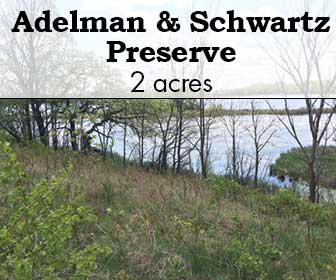
Adelman & Schwartz Preserve
Adelman & Schwartz Preserve
This property has no trail and is quite steep. We classify this property is “difficult” to hike.
SITE STEWARDS
Michaela Rosenthal
ACCESS & DIRECTIONS
Description & Significance
Natural History
Volunteers
Usage Policies
Ownership History
Management
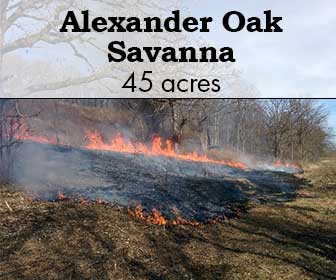
Alexander Oak Savanna
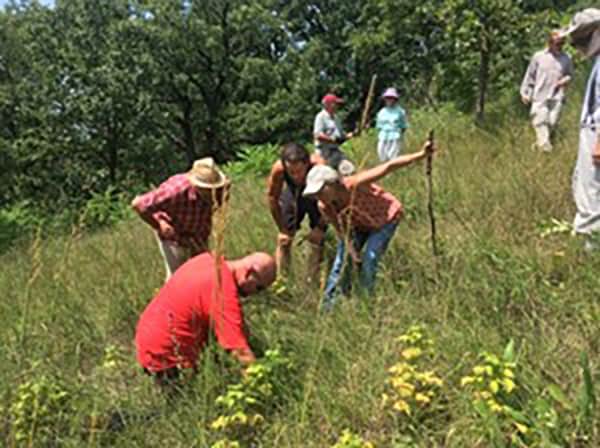
Alexander Oak Savanna
The 45-acre Alexander oak savanna is named for Dick and Joan Alexander who purchased the property in 1965. They lovingly owned and cared for the land for over 50 years, and in 2018, they generously sold the property through a bargain sale to The Prairie Enthusiasts.
Since 2000, the St. Croix Valley chapter has been cooperatively managing the property with the Alexanders. This effort has resulted in one of the largest restored dry-mesic prairie and oak savanna complexes in our chapter’s geographic area.
Portions of the 43 acres are easy to navigate, but getting to them can be a challenge. The maintained trails (fire breaks) can be occasionally steep.
SITE STEWARDS
ST. CROIX VALLEY CHAPTER
ACCESS & DIRECTIONS
The site is located in Pierce County, approximately four miles south of River Falls on state highway 65 and 0.2 miles south of the Town of River Falls Town Hall. There is a parking area access at the south end of the property.
Google Map
Description & Significance
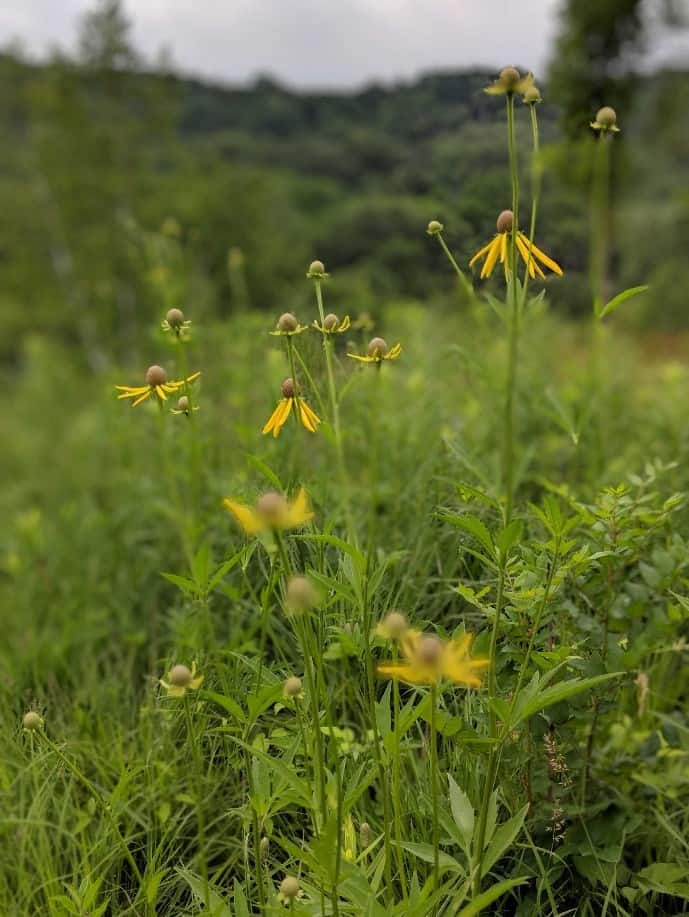
Alexander oak savanna is located in Pierce county, WI, within the Kinnickinnic River watershed and the Western Prairie Ecological Landscape (a Wisconsin DNR designation).
The dry prairie and oak savanna remnants found on the site are some of the best examples of these habitat types in the Western Prairie Ecological Landscape.
We have identified 120 native species on the site. Many species present are threatened or special concern in Wisconsin.
Some previously documented endangered and threatened species are noted, and with further management, may reappear.
Usage Policies
Allowed:
- Outdoor Recreation
- Hunting (for all species, no permit or reservation required)
- Trapping (for all species, no permit or reservation required)
Not Allowed:
- Collecting Plants, Seeds, Rocks or Animals without permission from The Prairie Enthusiasts
Ownership History
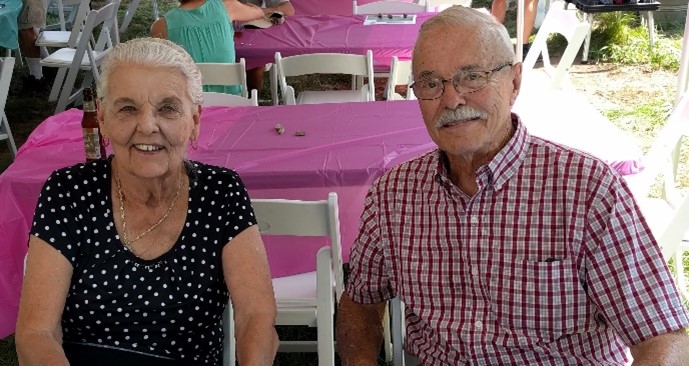
Dick and Joan Alexander purchased the property in 1965 and used it for decades as a resource for family activities, hunting and firewood gathering. The Wisconsin chapter of The Nature Conservancy recognized the resource significance of the site, and in 1985, secured a first right of refusal for the purchase of the property should it ever be offered for sale. This right was transferred to The Prairie Enthusiasts in 2003. In 2018, the Alexanders generously accepted an offer from The Prairie Enthusiasts for the purchase of the property, ensuring its continued resource recovery through land management.
Dick has actively participated in the work parties and burning over the years with both The Nature Conservancy and The Prairie Enthusiasts.
Management
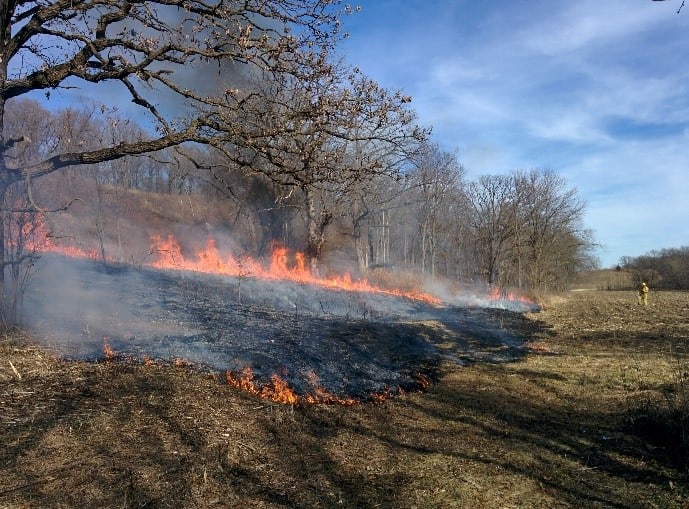
Prior to 2000, the site was managed by The Nature Conservancy through their volunteer site steward program. Since assuming management responsibility in 2000, The Prairie Enthusiasts’ efforts have focused on the removal of such invasive species as buckthorn, Siberian elm and red cedar. Regular prescribed burns are conducted in late winter or early spring. We have also re-introduced appropriate species native to this area by overseeding portions of the site with locally collected seed.
The restoration work has been done mainly by volunteers, but the chapter has also received land management grants from the U.S. Fish and Wildlife Service and the Wisconsin Department of Natural Resources to hire contractors to assist with this work. We have also been fortunate to have the assistance of many students from University of Wisconsin River Falls who have participated in a variety of site management activities. Throughout our management history of the site, Dick Alexander has shown his continued support for our efforts by participating in many of the on-site work parties.
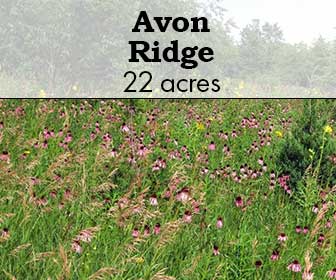
Avon Ridge
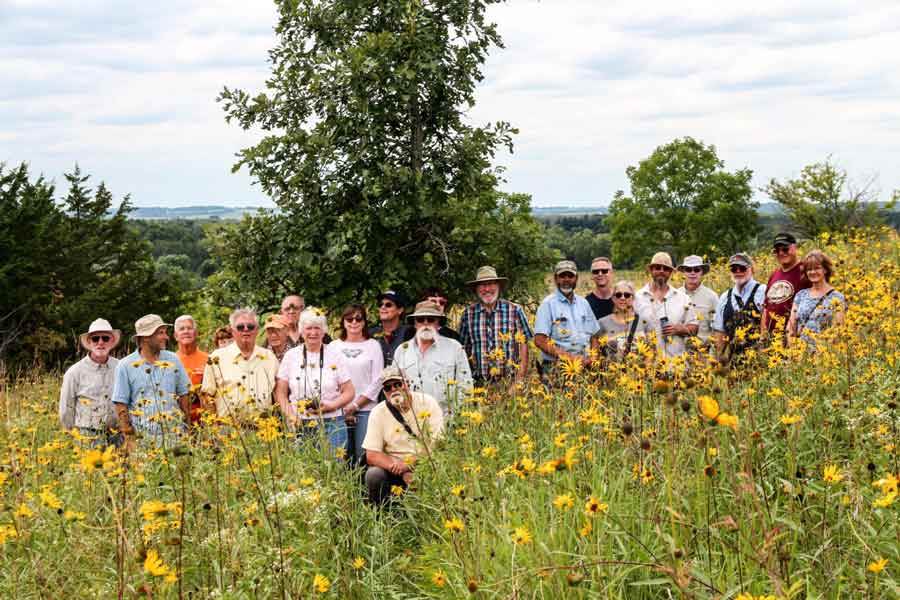
Photo credit: Jerry Newman
Avon Ridge
The Prairie Enthusiasts purchased in 2015. It’s a 16.5-acre parcel and features an abundance of rare flowers. The chapter added 5.9 acres with the purchase of Foslin Bluff in 2020, creating a contiguous 22.4-acre site that is open to the public for hiking, birding and hunting (in season). Both the addition and the original 16.5-acre parcel were purchased with funds from the Knowles-Nelson Stewardship Fund of the Wisconsin DNR.
Compass plant (Silphium laciniatum), prairie sunflower (Helianthus pauciflorus), and Carolina rose (Roas carolina) are just some plants commonly found on this scenic spot. This location has a panoramic view southwest over the valley of Sugar River into Illinois. The ridge is part of a complex of mostly riverine grasslands and floodplain forest known as Avon Bottoms.
This property is difficult to walk as there are no trails and the parking lot is quite far from the prairie.
ACCESS & DIRECTIONS
Visitors should park in the small gravel parking lot off Beloit-Newark Road, a half-mile east of Nelson Road, in the Rock County town of Avon, which is west of Beloit and southeast of Brodhead. Take Highway 81 out of Brodhead a few miles and turn south on Nelson Road, then east on Beloit-Newark. The nearest fire number is 15347 W. Beloit-Newark Road for our neighbor to the west. From the parking lot walk south along the fence line, up the hill and over the ridge to the south-facing one-acre prairie. Foslin Bluff is the extension to the west. The original one-acre remnant is over the ridge. To the east is planted prairie, in a 10-year CRP federal contract we inherited from the previous owner. Access is limited to foot traffic only. Camping, picnics, ATVs and horseback riding are not allowed.
Google Map
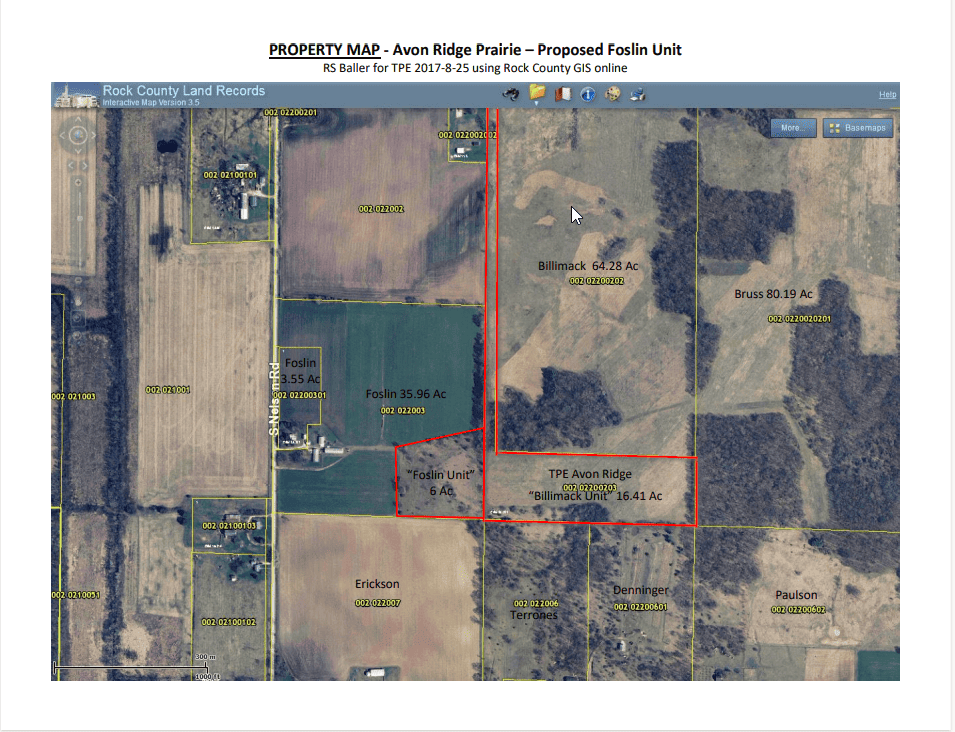
Natural History
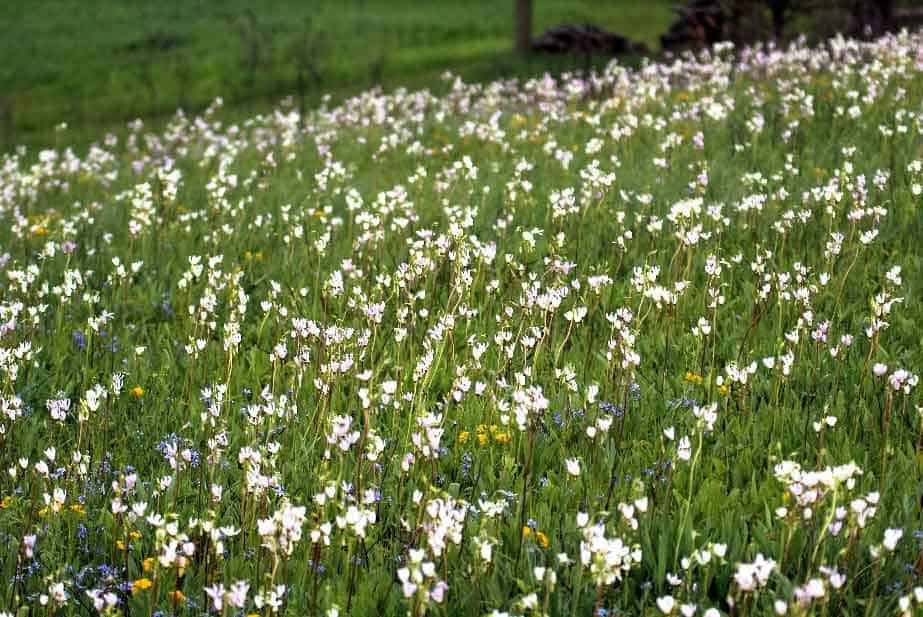
Photo credit: Jerry Newman
Avon Ridge is a composite of one-acre, never plowed and never grazed dry hill prairie, plus unplowed ground to the south and west that is privately-owned but contains similar native grasses and uncommon forbs. The ridge is capped with limestone and underlain by sandstone that has eroded into sloping side hills. Limestone is a hard rock that resists erosion. Sandstone is a softer rock. The ridge is part of a larger landscape known as Avon Bottoms, the lowland along the Sugar River that stretches from Green into Rock County and south into Illinois. Avon Bottoms is comprised of thousands of acres of state owned and leased land.
Fishing, hunting, trapping, birding and canoeing are popular sports in Avon, which is the name of a small unincorporated village and the name of the Rock County township. The principal habitat is floodplain forest with some wet-mesic prairie, bur oak savanna and old fallow cropland.
The Avon Bottoms Wildlife Area comprises 2,835 acres in the floodplain of the meandering Sugar River bottoms with numerous sloughs and old ox-bows. The lowland hardwood forest contains swamp white oaks, silver maples, black willow, shagbark hickory, hackberry, green ash, cottonwood, bitternut hickory, bur oaks, basswood and sycamore trees.
There are two Wisconsin State Natural Areas embedded in Avon Bottoms: 40-acre Swenson Wet Prairie State Natural Area and 168-acre Avon Bottoms State Natural Area. Avon Bottoms has been declared a Wisconsin Important Bird Area for its breeding populations of the cerulean and yellow-throated warblers, Acadian flycatcher and yellow-crowned night-heron.
Volunteers
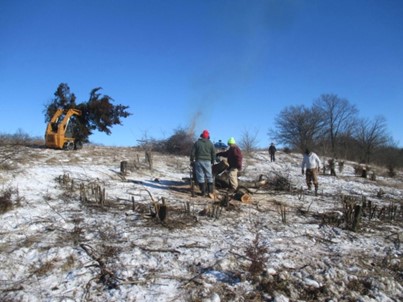
Photo credit: Jerry Newman
Work crews from Prairie Bluff Chapter removed most of the trees and brush from the western portion of the remnant prairie during the winter of 2015-16. Sawyers took out cedars, mulberries, cherries, apples, sumac and buckthorn, and then Nick Faessler hauled them to the burn pile with a skid steer. The chapter conducts periodic weed patrols in spring and summer; we collect seed in summer and fall.
Volunteers took out 531 feet of old fence line, woven wire and three tangled and buried strands of barbed wire, between Avon and Foslin. We cleared out dead trees and brush to get at the wire, which was sold to a recycler.
Long ago, Foslin Bluff was incorporated into the burn regime at Avon Ridge when Nathan Gingerich was managing Foslin for Applied Ecological Services. He alerted us to a spring burn there, and since then we have been burning small units to the east—part remnant, part CRP grassland—in a rotation that may take a few more years.
Usage Policies
Allowed:
- Hiking
- Birding
- Wildlife Photography
- Hunting
Not Allowed:
- Use of Motorized Vehicles or Bikes
- Camping
- Picnics
- Horseback Riding
Ownership History
Prairie Bluffer and past president Rob Baller first visited this site in the 1980s, with a neighbor Brad Paulson. The chapter was interested in purchasing the remnant prairie land since the chapter’s beginnings around 1987. The property consisted of parcels with three different owners. At that time, the land was sold to an Illinois couple and enrolled it in CRP. Again in 2004, the chapter attempted to raise money to buy some of the prairie, but the agreement fell apart. In 2014, chapter members noticed the land was once more for sale. This time our efforts were successful, and we purchased an acre of remnant prairie, a buffer in CRP and access, with a zoning change approved by Avon township.
Visits to Avon Ridge by Prairie Enthusiasts to view these blooming plants kept the property on our radar for decades until we were able to apply for the stewardship funds and raise the other half of the purchase price from our generous membership.
Avon Ridge was purchased with matching dollars from the Wisconsin Nelson-Knowles Stewardship Fund, so it is open to the public for hiking, hunting, birding and wildlife photography. Access is limited to foot traffic only. Camping, picnics and horseback riding are not allowed.
Management
Next to our one-acre remnant prairie is 14 acres of grasslands that is enrolled in the federal set-aside Conservation Reserve Program. This provides additional habitat for grassland birds. Our management of the prairie and planted grasslands will most likely include prescribed fire. A troublesome invasive plant, crown vetch, is present in a small area of both the CRP and prairie, but the entire property is remarkably free of weeds and brush.
Read more about the Prairie Bluff Chapter HERE.
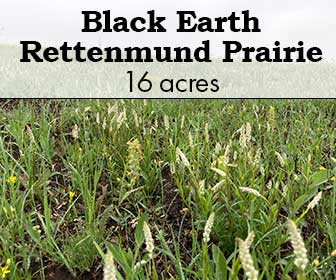
Black Earth Rettenmund Prairie

Black Earth Rettenmund Prairie
This prairie was once rated among the top ten natural areas in Dane County in private ownership. It was used by plant ecologist John Curtis as an outdoor classroom and was one of his prairie sites in his classic book Vegetation of Wisconsin. The University of Wisconsin-Madison herbarium has numerous entries of plants collected at this site, some dating back many years.
The preserve is in the drainage basin of, and is within site of, Black Earth Creek, one of the outstanding trout streams in southern Wisconsin.
ACCESS & DIRECTIONS
From the intersection of Highways 78 and KP in Black Earth, go west on KP 1.1 miles, then south on F 0.25 mile, then west on Fesenfeld Road 0.2 mile to a small parking area south of the road. If the parking lot is occupied, park on the north side of the road.
Google Map
Description & Significance
The site is one of the few remaining examples of a dry-mesic prairie in Wisconsin. In contrast to other prairie preserves in the Driftless Area, this site is on relatively level terrain. It has an outstanding assemblage of plants including several rare and uncommon species. Because of its proximity to Madison, and its easy access, the preserve has great educational value.
Black Earth Rettenmund Prairie is located on a low knob and ridge. It is characterized as dry-mesic with areas ranging from dry to nearly mesic. It harbors a rich flora of over 130 native prairie plant species. It is predominantly a forbs-rich prairie. The forbs are very diverse and include such showy species including:
- pasqueflower (Anemone patens)
- lead plant (Amorpha canescens)
- shooting star
- compass plant (Silphium laciniatum)
- blazing star
- purple prairie clover (Dalea purpurea)
- white prairie clover (Dalea candida)
- wood lily (Lilium philadelphicum)
- wood betony (Pedicularis canadensis)
- false toadflax (Geocaulon lividum)
- butterfly milkweed (Asclepias tuberosa)
- coneflower
- black-eyed Susan (Rudbeckia hirta)
- pomme-de prairie, aka prairie turnip (Pediomelum esculentum)
- white camas lily (Zigadenus glaucus)
- Richardson’s sedge (Carex richardsonii)
- rough-stemmed false foxglove (Agalinis gattingeri)
- big bluestem (Andropogon gerardi)
- little blue stem (Schizachyrium scoparium)
- Indian grass (Sorghastrum nutans)
- needle grass (Nassella pulchra)
- prairie dropseed (Sporobolus heterolepis)
- a rare aster hybrid
- various asters, sunflowers, and goldenrods
At one time there was Hill’s thistle (Cirsium hilli), but this has not been seen recently.
Volunteers
Workdays are scheduled for the first Saturday morning of the month, throughout the year, except in the fall when they are held on Sunday afternoons. There may also be occasional special nonscheduled days when the need is present. However, modifications of the schedule are made if the Saturday comes on a holiday weekend. An email notification list is maintained, and those interested are invited to submit their email addresses. To get on the list, send an email to Kathie Brock. Always call the leader before coming to a workday, as weather or other factors may make it necessary to cancel the workday.
Work day leaders:
Kathie Brock: 238-5050 Email
Willis Brown: 278-9308 Email
Prescribed burns are another major volunteer activity. Our prescribed burn is usually held at the end of March or early April. Call Kathie Brock in late March at 608-238-5050 for information. Volunteers are welcome either as participants or observers.
Seed collecting is another opportuniy for volunteering. The rich flora of Black Earth Rettenmund Prairie makes seed collecting a delight. The seeds collected are planted in the Gateway Prairie and in areas of the South Unit where brush control had been carried out. Seed collecting is the principal activity in the fall work parties. In addition to regularly scheduled seed collecting days, special days are scheduled as needed.
Usage Policies
Allowed:
- Hiking (stay on trail markers)
Not Allowed:
- Hunting
- Bikes or Motorized Vehicles
Please clean boots and clothes before entering to help limit introduction of invasive species.
Ownership History

The preserve was once part of the William Rettenmund farm, but it was probably never plowed. The owner, William Rettenmund, preserved this prairie for over 40 years. Mr. Rettenmund granted conservationists permission to study the prairie and to conduct management activities, including controlled burns. The first plant survey was done in 1969. However, Mr. Rettenmund had observed the marked “decline” in the prairie during his ownership and both he and his wife had a genuine interest in seeing it preserved and managed. It was because of Mr. Rettenmund’s deep concern in seeing the prairie preserved that he sold the land to the Nature Conservancy at below-market value.
Initial contact with Mr. and Mrs. Rettenmund was made by the State Natural Areas office in 1981, and serious discussions about purchase were made in 1984. At that time, about half of the site had been taken over by shrubs, aspen, and other trees. The property was acquired by the Nature Conservancy in 1986, using funds provided by Madison Audubon Society. Later the same year it was dedicated as a State Natural Area, ensuring its continued protection.
Management

Soon after acquisition, restoration work was undertaken by the Nature Conservancy. Controlled burns were carried out at regular intervals. Hand pulling of weeds and cutting of aspen, sumac, honeysuckle, and buckthorn was carried out. Trees along the perimeter of the preserve were cut and the stumps treated with Garlon 4. Cherry trees, honeysuckle, and buckthorn on neighboring land have also been cut with the owners permission. The fence along the neighbor’s pasture running east-west was rebuilt by the Nature Conservancy.
In the late 1990s, modest volunteer work parties were carried out, once or twice a year. These involved primarily brush clearing, with herbicide treatment. However, these minimal volunteer activities were insufficient to control woody growth. By the end of the 1990s, brush and tree growth on the south part of the preserve had become excessive, and prairie vegetation was being crowded out. Work on this end of the preserve was initiated again in 2000. Using support from the Savanna Oak Foundation, Inc., private contractors were hired to cut and treat vegetation. Between this work, monthly volunteer work parties, and annual controlled burns, prairie vegetation responded well and thrives.
Beginning in 2003, management was taken over by the Prairie Enthusiasts under an agreement with the Nature Conservancy. At this time, more intensive restoration work was undertaken, under the guidance of Kathie and Tom Brock and with financial support from the Savanna Oak Foundation, Inc. Ownership (title) to the Prairie was transferred by the Nature Conservancy to the Prairie Enthusiasts in August 2007.
White sweet clover (Melilotus alba) remains the most serious problem. Its seeds are able to remain viable in the soil for many years. It is a peculiar characteristic of prescribed burns that fire actually “stimulates” seed germination. Thus, burns without associated sweet clover control will exacerbate the problem. It is probably for this reason that sweet clover has been historically widespread throughout the preserve.
Initially sweet clover infestations were so heavy that they had to be mowed, with hand pulling of any outliers. Prairie Enthusiasts workdays were held throughout the sweet clover season (June-August), with additional weekly workdays on Friday evenings in July. Since 2006 only hand pulling has been needed, but as much as 300 worker-hours (both volunteers and paid contractors) have been needed to control the problem. Summer workdays are scheduled by the Prairie Enthusiasts as needed.
Extensive brush control over the past 25 years has reduced the woody vegetation problem to a lower level. The principal problem at present is smooth sumac, and continual work by volunteers and paid employees is effective. The goal is complete eradication of this seriously invasive plant.
An annual controlled burn is carried out by the Prairie Enthusiasts, usually in late March or early April. The preserve has been divided into three burn units (north, saddle, south). The saddle is burned on alternate years, together with either the north or south unit.
